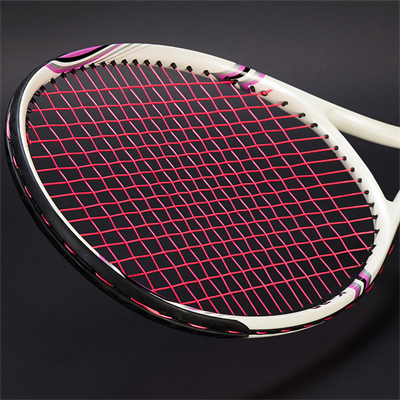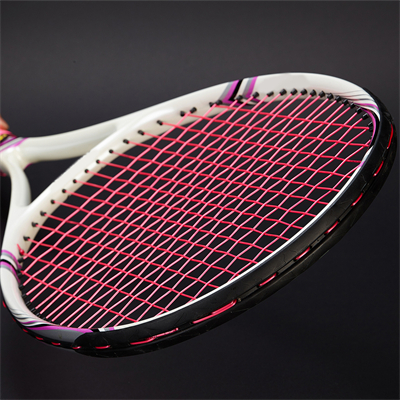What are the types of tennis strings?
1. Natural beef gut string only natural gut string can provide the excellent elasticity we dream of. More than 90% of the natural gut on the market today is made from beef intestines. Elasticity is the unique advantage of natural gut. Until now, there is no artificial string that can catch up with pure natural gut in elasticity.
2. The artificial gut string uses artificial materials, and the structure and manufacturing process of the gut string are imitated with very fine nylon filaments. In fact, it is nothing more than a nylon string woven from multiple filaments. The obvious feature is that there is no core in the center.
3. Kevlar is by far the most durable ball string material. This material used in racket craftsmanship is inherently tough. The disadvantage is that it is too hard and not flexible. The feel when hitting the ball is not good, and it can’t meet the picky needs of professional players for flexibility.
4. Polyester string Polyester is a durable ball string material. It is wrapped with a layer of polyethylene material outside of many nylon strings. Nowadays, strings made of this material have been used by more and more professional players. However, the polyethylene material itself loses its elasticity faster than other artificial strings.
5. The production process of nylon ball strings has made great progress. In terms of elasticity, it is getting closer and closer to the performance of natural gut strings. Moreover, the price of nylon is significantly cheaper than natural beef intestines. Today, more than 90% of players are using nylon balls.






















